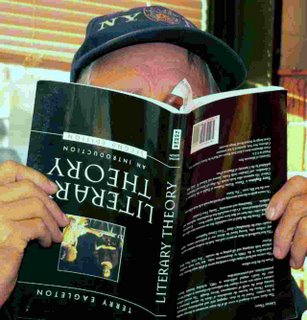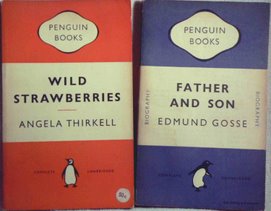Cherchez la femme -- Joan Mitchell
Cherchez-la - 'elle' - pour trouver:
Jean-Paul Riopelle, Barney Rosset, or poet Frank O'Hara somewhere in Chicago, New York, Paris or on a St. Lawrence River island upstream from Quebec City . . .
Cut 'n' pastes about artist Joan Mitchell from the sort of rambling art review that Blogaulaire loves the most to quote:
Joan Mitchell: One of the Great Ones
"She was operating from a place that existed before risk-free art, brand image art. She could afford to
take risks."
by John Perreault
On the whole, I consider myself lucky to have met Willem de Kooning, Barnett Newman, Andy Warhol, Robert Smithson and other luminaries.. After reading the catalogue for the Joan Mitchell retrospective at the Whitney, I may be lucky never to have met her.
According to stories now told by critic Michael Brenson (Letters to the Editor, New York Times) and both Linda Nochlin and Jane Livingston (in the Whitney catalogue) she seems to have been mean, nasty, self-centered and usually either drunk or hung-over. On the other hand, poet Frank O'Hara seemed to have liked her, so she could not have been all bad.
. . .
Mitchell became one of the exceptions. I think it helped that at first, unlike Elaine De Kooning and Lee Krasner she was not married to another artist but to Barney Rosset, the founder of the now famous Grove Press.
Grove Press and its magazine The Evergreen Review were the American venues for Thomas Becket and then eventually the Beats and Robbe-Grillet. There's that cultural connection again. But wait. Those were different times. Literature and art were linked, unlike now when art seems to look down on literature because there is little money to be made.
. . .
More interesting is the following: if you did not know the gender of the artist---Joan Miro is a man---would you be able to tell the art was by a woman? Is there anything womanly about the work? If you think women are by nature timid, look again. Or maternal. Or prone to delicacy. There is a certain delicacy to the work but this is not what hits you in the face. Abstract Phillip Guston's are more delicate. There is also equivocation but of a kind that is straight out of Cézanne or de Kooning.
. . .
At a certain point she ran off to live in France. Her second husband Mike Goldberg was history and the French Canadian painter Jean-Paul Riopelle was in tow, at least for awhile. The disadvantages of living in France for an American artist should even now be obvious. You are cut off, no matter how many art magazines you read or trips you make to New York. But it is not so much a matter of being cut off from your friends--friends are more than glad to visit and new friends can be made--you are out of the game. The feedback you get is from housekeepers, studio assistants and beholden guests. Issues become French issues or historical issues; masters to be absorbed, scores to be settled. The advantage: if you are difficult, as Mitchell surely was, distance can keep the artist out of the way of the art. If pressed, I could come up with a list of artists I know who would be better off far, far away.
I was looking forward to the Mitchell exhibition and I was not disappointed.
. . .
A full-page newspaper ad uses the tag: "Raw material. Raw emotion." This sounds like the results of a focus group. It is more important to question the feminist rage thesis proposed by art historian Linda Nochlin in her catalogue essay. I think she is wrong. Nochlin seems stuck in the ‘50s when every drips was supposed to mean deep anxiety about the atomic bomb. Clearly Mitchell was a bad drunk. Why not leave it at that.
Copyright John Perreault 2002
First print publication: NY Arts, September 2002
(emphasis added - Blogaulaire)



No comments:
Post a Comment